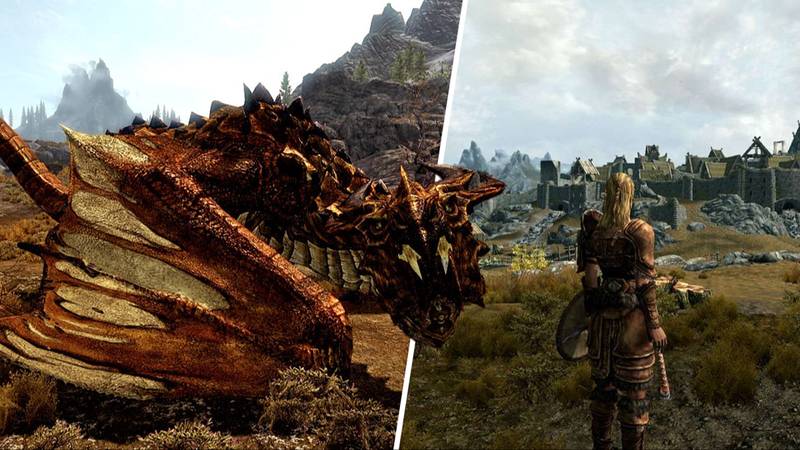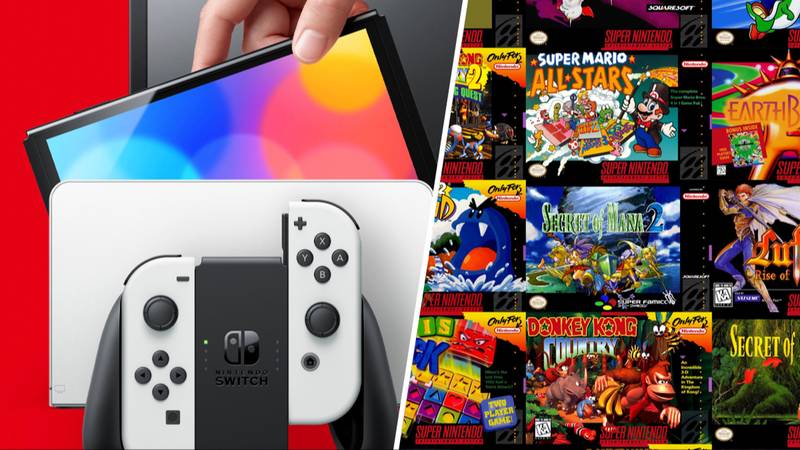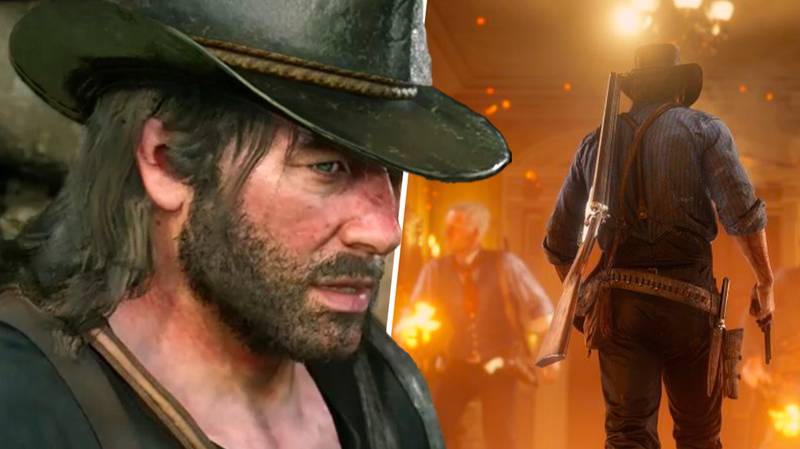The Greatest Handheld Video Games Consoles Ever, Ranked
Published
| Last updated
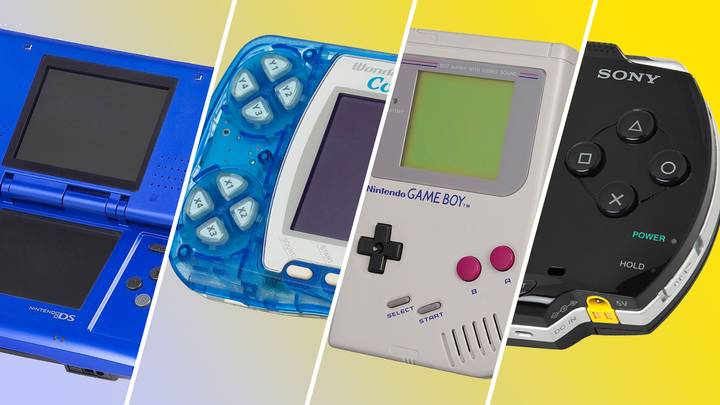
Featured Image Credit: Nintendo, Sony, Bandai
We regularly hear that Sony's PlayStation 2 is the best-selling games console of all time, with around 155 million units sold. But the console immediately behind it? It's a handheld. The Nintendo DS range - covering the original launched in 2004, the DS Lite (2006), the DSi (2008) and the DSi XL (2009) - has sold over 154 million units. With neither an active piece of hardware, those numbers aren't about to change - but they show you just how important handheld gaming is to the wider industry economy and ecosystem.
And for a lot of us, a handheld was our first console - in as much as, the first one we got to call our own. Bigger boxes that sat under the television were shared playthings. But handhelds? They are designed to be used by one person at a time, and while sharing is caring, apparently, there's no way you'll achieve harmony in your household unless all the kids who want their own Game Boy get their own Game Boy. Handheld consoles, whether you still regularly use one today or not, hold a special place in the hearts and histories of gamers all over the world.
Here's our top 10 ranking of the greatest handheld consoles of all time - and stick around at the end for details on a few that really aren't worth remembering.
---

10: Bandai WonderSwan (and WonderSwan Color, SwanCrystal)
Released: 1999 (original model)
Combined sales: 3.5 million
If this one passed you by, we forgive you - the WonderSwan was only ever released officially in Japan, likewise its upgraded iterations. It was developed by a team led by the Game Boy creator Gunpei Kokoi, and much like Nintendo's most-famous handheld it was initially released with a monochromatic screen. The backward-compatible Color came out in 2000, and the SwanCrystal, with an improved screen, followed in 2020. The WonderSwan could run for ages - around 40 hours on just a single AA single battery - and it retailed for the relatively modest sum of 4,800 yen, which is about £33 today. It offered many more features than the original Game Boy range, with a 16-bit processor producing more shades of grey on screen than the OG Game Boy, and the option to play the console both in landscape and portrait modes; but it was ultimately killed off by the runaway success of Nintendo's Game Boy Advance.
If you only play three games: Mr Driller, Rainbow Islands: Putty's Party, Front Mission
---
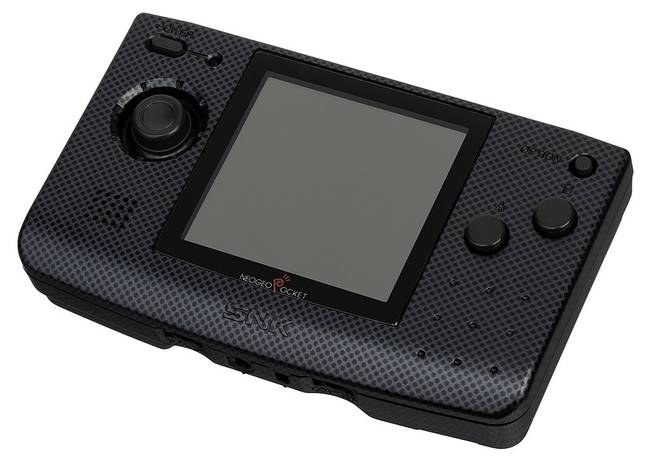
9: Neo Geo Pocket (and Pocket Color)
Released: 1998 (Color released in 1999)
Combined sales: around 2 million
Arcade giant SNK's dalliance with handheld gaming was pretty brief - the Neo Geo Pocket range debuted in 1998 and was finally fully discontinued, in its Color guise, in 2001 - but to those who grabbed one at the time, or since, these consoles have remained firm favourites. The system's precise, microswitched joystick made playing fighting games a treat (what a shame that clicky feel didn't carry onto the Neo Geo Mini), and like the WonderSwan this thing - in its monochromatic version - went on forever on a couple of batteries. When the Color eventually launched, it proved profitable for SNK, even up against the might of the Game Boy Color. But that success was short lived, and its library of 82 games were soon eclipsed by what the Game Boy Advance had to offer.
If you only play three games: SNK vs Capcom: Card Fighters' Clash, Neo Turf Masters, Sonic the Hedgehog Pocket Adventure
---
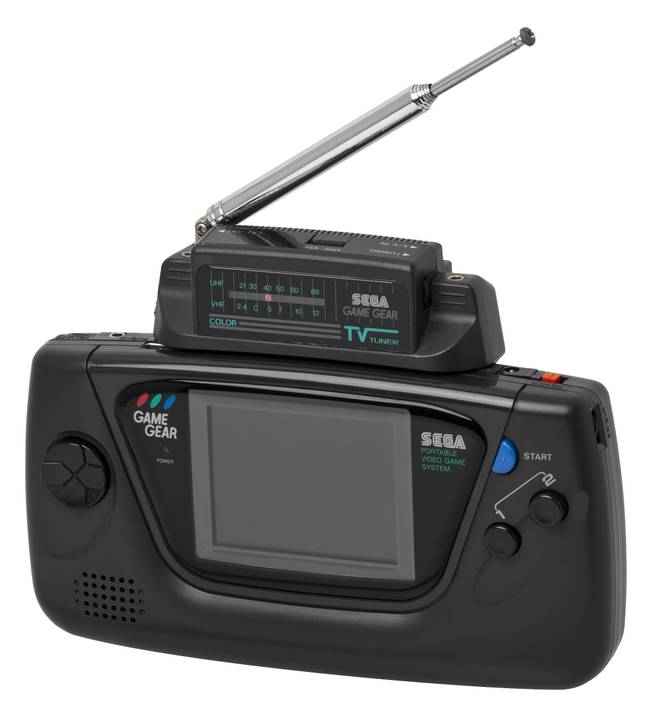
8: SEGA Game Gear
Released: 1990
Sales: 11 million
Now this one, we think you'll know about already. Even if you weren't around at the time to play on a Game Gear, SEGA's 8-bit colour handheld is regularly held up as the primary opponent to the Game Boy, certainly in the UK and US. And it's entered history as the system, of those two competitors, that failed.
Essentially a Master System on the move, the Game Gear was a battery-hungry monster that felt good in the hands - chunky, weighty, and like a quality piece of equipment. And given its asking price was considerably higher than the Game Boy's, that premium feel was important. However, that same side to the console was part of its undoing: kids couldn't so easily save their paper round money for SEGA's offering, and sales remained relatively low (albeit considerably higher than the other colour handhelds of its era, the Atari Lynx and NEC TurboExpress).
Sonic, Streets of Rage and Shinobi: the Game Gear had plenty of recognisable SEGA classics. But while it enjoyed a pretty attractive library of games, and could be turned into a portable TV with the addition of a plug-in tuner, it never made an impact akin to either the Master System (13 million units sold) or Mega Drive (over 30 million), despite remaining an active platform for SEGA until 1997. The Game Gear is in line for a revival, however, with new Micro versions of the console releasing soon.
If you only play three games: Sonic Chaos, Wonder Boy III: The Dragon's Trap, Streets of Rage 2
---
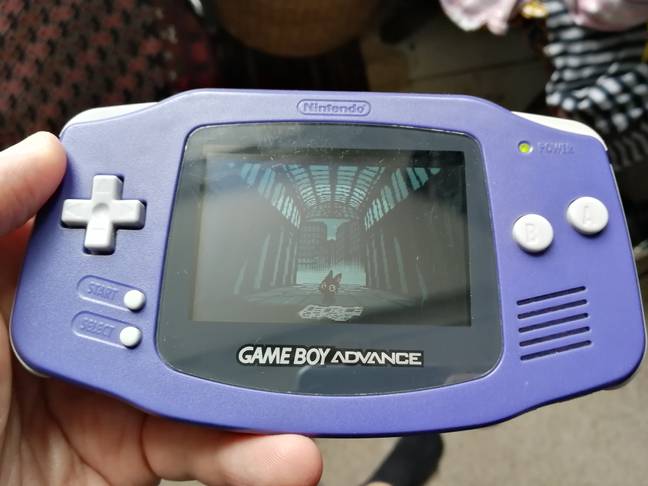
7: Nintendo Game Boy Advance (Family)
Released: 2001
Sales: 81.5 million
Nintendo's successor to its Game Boy line was essentially a supercharged version of what'd come before it. The Advance was, basically, a SNES in your pocket - and it proved hugely popular. The first, landscape-proportioned model of 2001 didn't feature an illuminated screen, which was in hindsight a poor decision on Nintendo's part; but the company rectified that problem on later iterations, the SP (first front-lit, and later backlit) and the Micro. With around 1,500 games available - before you factor in the console's backwards compatibility with original Game Boy and Color titles (Micro aside) - the Game Boy Advance remains popular with collectors today. However, reproduction cartridges are rife in second-hand markets, so anyone spotting what looks like a good deal on ebay is advised to research the differences between a legit Nintendo cart and a knock-off.
If you only play three games: Advance Wars, The Legend of Zelda: The Minish Cap, Metroid Fusion
---

6: Sony PlayStation Vita
Released: 2011
Sales: 15-16 million
If the Game Boy Advance was a SNES in your pocket, the Vita was as close as anyone will ever come to putting a PlayStation 3 there. Games look wonderful on this thing, especially on the original model's fantastic OLED screen (a later revision switched to LCD); and its twin-stick set up gave players control options akin to their home console pads. What really let the Vita down, though, was Sony's insistence on using expensive proprietary memory cards - a shame given the wealth of amazing indie games and old PS1 and PSP classics available on the Vita's eshop, that you needed said storage for. The Vita can also be used to play PS4 games remotely - a neat feature that I've used a couple of times, but not one that really works with games using both pairs of shoulder buttons. It deserved better, this one, than its relatively low sales and reputation as a failure suggests, because at its best the Vita is a handheld to absolutely fall in love with, even now.
If you only play three games: Persona 4 Golden, Tearaway, Gravity Rush
---
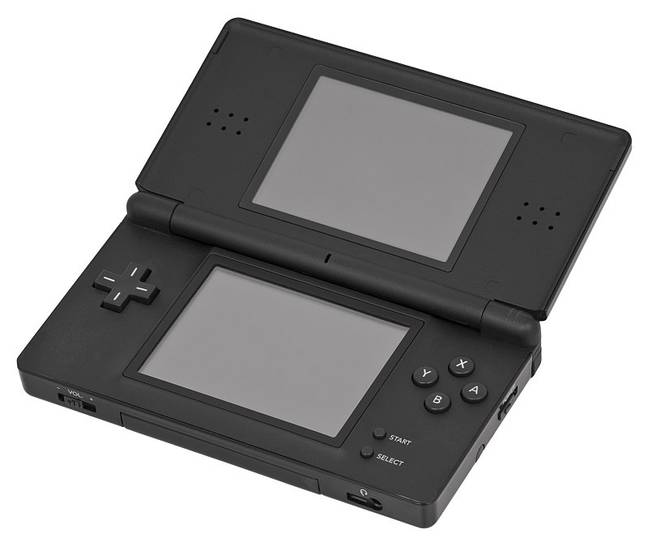
5: Nintendo DS (Family)
Released: 2004
Combined sales: 154 million
With that many units sold, it's pretty darn obvious that the DS range was a winner for Nintendo. But it also represented the company at its inventive, innovating best. The dual-screen system - DS literally stands for Dual Screen - gave developers at Nintendo and third-party studios license to create gameplay experiences that simply couldn't exist before. Its wireless connectivity, a touch screen and a microphone meant you had a console where the simple act of controlling the game in question could be radically shaken up. Fold in backwards compatibility with Game Boy Advance games, and what wasn't to love? The DS Lite improved the original model's screen and battery life in 2006, and 2008's DSi added digital cameras and an online store (albeit at the sacrifice of the Game Boy Advance cartridge slot). All told, a bold and brilliant piece of hardware from a company that, as this list shows, really knows how to succeed in the handheld marketplace.
If you only play three games: Animal Crossing: Wild World, The Legend of Zelda: Phantom Hourglass, Elite Beat Agents
---
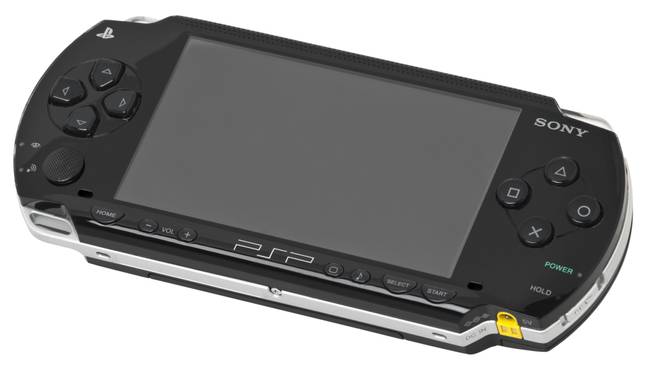
4: Sony PlayStation Portable
Released: 2004
Sales: 82 million
The main competitor to the Nintendo DS, the PlayStation Portable - or PSP - is the only handheld to ever come close to rivalling Nintendo's sales figures for such systems. It squeezed some wonderful, widescreen adventures into its small screen, and could be linked to both the PlayStation 2 and 3. Sony's intent for the console was for it to be a "Walkman of the 21st century", referencing the company's phenomenal personal cassette player product line (I still have one). Now, the Walkman range sold something like 400 million units, so the PSP isn't quite in that bracket of success - but for a while there it looked like someone else other than Nintendo might get to chew on the biggest slice of the handheld pie.
The PSP's proprietary UMDs were an acquired taste, perhaps - discs, on a handheld? - but there's something pretty cool about hearing them spinning around, in the palms of your hands, as you're playing. The original PSP (PSP-1000) was followed by the Slim & Lite PSP-2000 version, the PSP-3000 with its much-improved screen, the digital-only PSP Go and the budget-priced PSP Street - the latter lacks wifi functionality, but that matters little these days. Finally, if you've still got one of these buried away in a cupboard or drawer, a word of warning: recent reports have told of their batteries bulging and breaking. Replacements, thankfully, are widely available online.
If you only play three games: Metal Gear Solid: Peace Walker, LocoRoco, Crisis Core: Final Fantasy VII
---
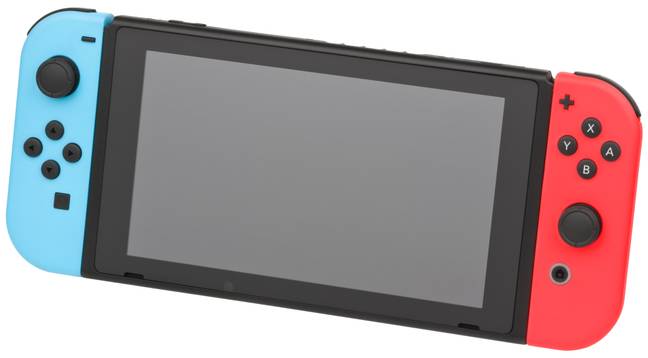
3: Nintendo Switch (and Lite)
Released: 2017
Sales: 61 million
Another case of Nintendo trying something deliciously different, and making it work, the Switch's selling point of being a console that fits in and around almost any kind of lifestyle is, brilliantly, absolutely bang on. And with the 2019-released Lite model being a handheld-only option, the Switch qualifies for a spot on this list.
Do we need to tell you any more about this one? As a very current, very popular console... I feel we needn't. Bit good isn't it, the Switch. Apart from the drifting, of course. One of my Joy-Cons from 2017 has finally started drifting and, ooof, it's a real pain in the arse. The prospect of a 'Pro' or 'New' Switch, with improved innards to deliver 4K visuals, is an exciting next step for Nintendo - fingers crossed we'll get some confirmation on that, fairly soon.
If you only play three games: The Legend of Zelda: Breath of the Wild, Super Smash Bros. Ultimate, Celeste
---
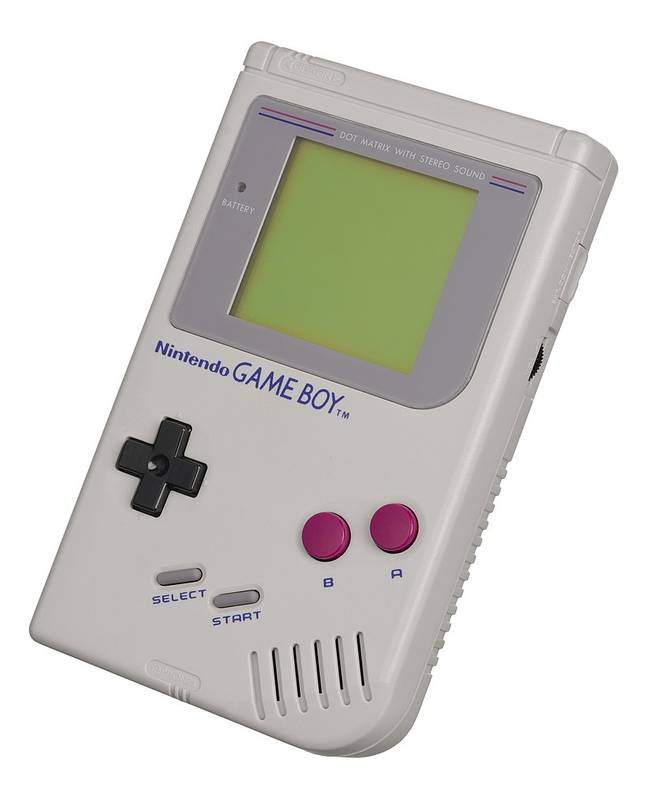
2: Nintendo Game Boy (and Game Boy Color)
Released: 1989
Combined sales: 118 million
The Game Boy wasn't the first handheld console to use interchangeable games - that honour goes to Milton Bradley's Microvision, released in 1979 - but it sure was the first system of its kind to really make an impression on gamers globally. Speaking personally, I wanted one of these so badly - it was the first games console I truly coveted, I guess, as part of a family that always had computers (a Spectrum, then an Amiga). When I finally got one, some years after the Game Boy's launch, it was the 1996-launched Pocket model - but it still felt incredibly special (and I still play on that same Game Boy, today).
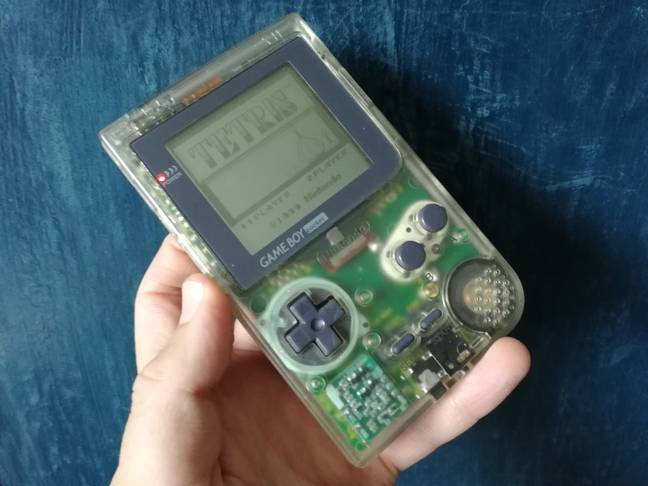
With its shades-of-green screen, the original Game Boy didn't look as good as rival handhelds - but its affordability and huge library of games gave it a significant edge over SEGA's Game Gear and the Atari Lynx. It wasn't designed to be cutting edge - it was designed to be fun, to be relatively inexpensive, and to offer titles for every kind of gamer, new or old. Its pack-in title in the UK and US, Tetris, was an instant hit, and many more classics followed - the likes of The Legend of Zelda: Link's Awakening, Super Mario Land 2: Six Golden Coins, Metroid II: Return of Samus, and Donkey Kong (1994).
The Game Boy Color, launched in 1998, did precisely what it said on the box: it brought colour to the Game Boy. All your old games were now not just in black and white (or green and slightly lighter green), and newer titles made full use of the console's display, which could support 56 colours at a time. The Color remained on sale until 2003, when Nintendo finally retired the original Game Boy brand to focus solely on the Advance - and, before long, to launch the DS.
If you only play three games: Pokémon Red or Blue (or even Yellow), Tetris, The Legend of Zelda: Link's Awakening
---
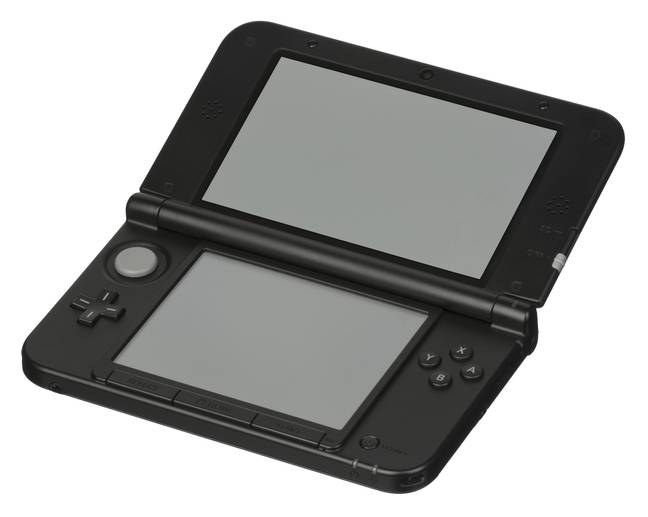
1:Nintendo 3DS (Family)
Released: 2011
Sales: 75 million
Now, we chatted about this list in the office - well, not in the office, but you know what I mean. And the feeling was that the top three could, really, have been published in any order. These three Ninendo consoles - or families of consoles - are untouchable in their space. So why is the 3DS top of the pile? Allow me to argue my case.
First and foremost, the games. The 3DS has a phenomenal library of titles, with exceptional entries in long-running Nintendo franchises like Super Mario Bros., Fire Emblem, Mario Kart, Animal Crossing, Pokémon, Kirby, The Legend of Zelda, and more. And then you look backwards a generation and realise that (pretty much) all of the DS library will play on the 3DS family, too. If you look at Wikipedia, it reckons there are over 1,300 3DS games available, and nearly 2,000 DS titles... That's, that's a lot of games.
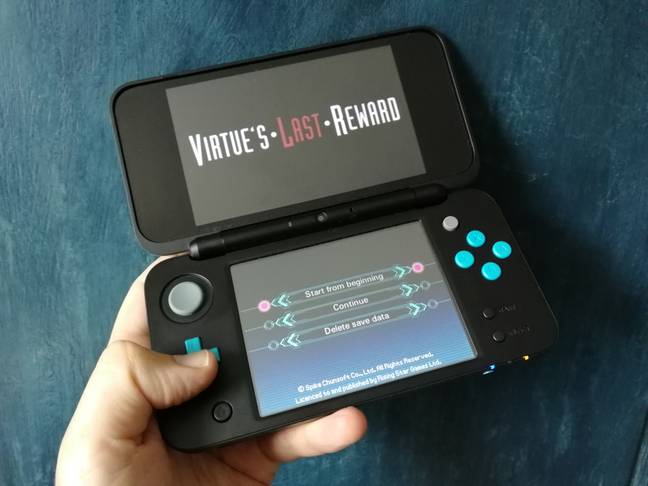
Secondly, the Virtual Console. I respect the Wii U for its Virtual Console effort, I really do. Game Boy Advance, Nintendo 64, Super Nintendo - that 'failed' home console sure does have some amazing games playable on it, if you go and connect the thing to the internet. But so far as handhelds go, the 3DS is best in show for previous-gen winners, downloadable for chump change. NES, SNES, Game Boy, Game Boy Color and Game Gear games are represented - yes, SEGA is here, too - and the selection is wonderful. Granted, it's a well of treats to dip into mostly when there's a sale on, but still - if you want bona-fide all-timers on the go, the 3DS is the console to play them on (at least until the Switch offers more than its Online Service subscription, anyway).
Thirdly, when the 3D works, it is magical. The M2 versions of SEGA classics like Sonic the Hedgehog 2 and Outrun look amazing in 3D, they really do. Pullblox (or Pushmo) is a fantastic puzzler that puts the console's stereoscopic capabilities to work with awesome results; and big-name releases like The Legend of Zelda: A Link Between Worlds and Super Mario 3D Land are much easier to navigate with the 3D turned on (IMO, obvs). As the 2DS range attests (the New Nintendo 2DS XL being my '3DS' of choice, much of the time), you don't have to run these games in 3D - but there are some where it's just better to do so.
I could go on, but that's more than enough. Time is money, and this article is already so long. So don't bin your 3DS, if you have one at home, hold onto it! Treasure it! It's a brilliant thing. And it's our (okay, my) number one handheld console of all time. For the time being, anyway.
If you only play three games: The Legend of Zelda: Ocarina of Time 3D, Zero Escape: Virtue's Last Reward, Super Mario 3D Land
---
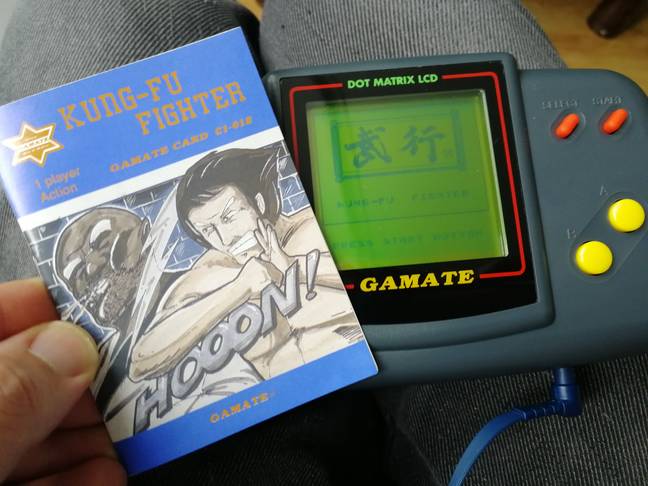
And Five Of The Worst Handheld Consoles, Ever...
Bit Corp Gamate - A Taiwanese competitor to the Game Boy that suffered from appalling screen blur and a range of games that were largely inferior knock-offs of other consoles' libraries. In the UK, the Gamate was sold by Cheetah, best known for its range of joysticks.
Nokia N-Gage - A monstrous-looking device that tried to mix a mobile phone with a proper handheld games console and simply emerged a nightmarish mess. Swapping games was a chore, too, as the whole back of the N-Gage had to be removed, and then the battery.
Tiger Gizmondo - A hyped mid-00s handheld that arrived in a flurry of publicity but was soon revealed to be the handiwork of a company with actual criminals on its executive board. It only sold around 25,000 units.
Nvidia Shield Portable - A five-inch screen attached to a controller, the Android-using, Tegra 4-running Shield Portable wasn't a console that looked much like the others on this list, but it was a device that you could play games on the go with, so it counts. Its expensive asking price of $299 saw important early sales stutter, and it never recovered.
Atari Lynx - Nostalgia's a hell of a drug, isn't it? Your memory might say, hey, the Lynx wasn't all bad - but pick one up again today and, oh boy. The world's first colour handheld it may have been, but this chunky, battery-chomping lad is best left to the history books.
Topics: Sonic, Feature, Sega, Super Mario, list, Game Boy, Nintendo, PlayStation







